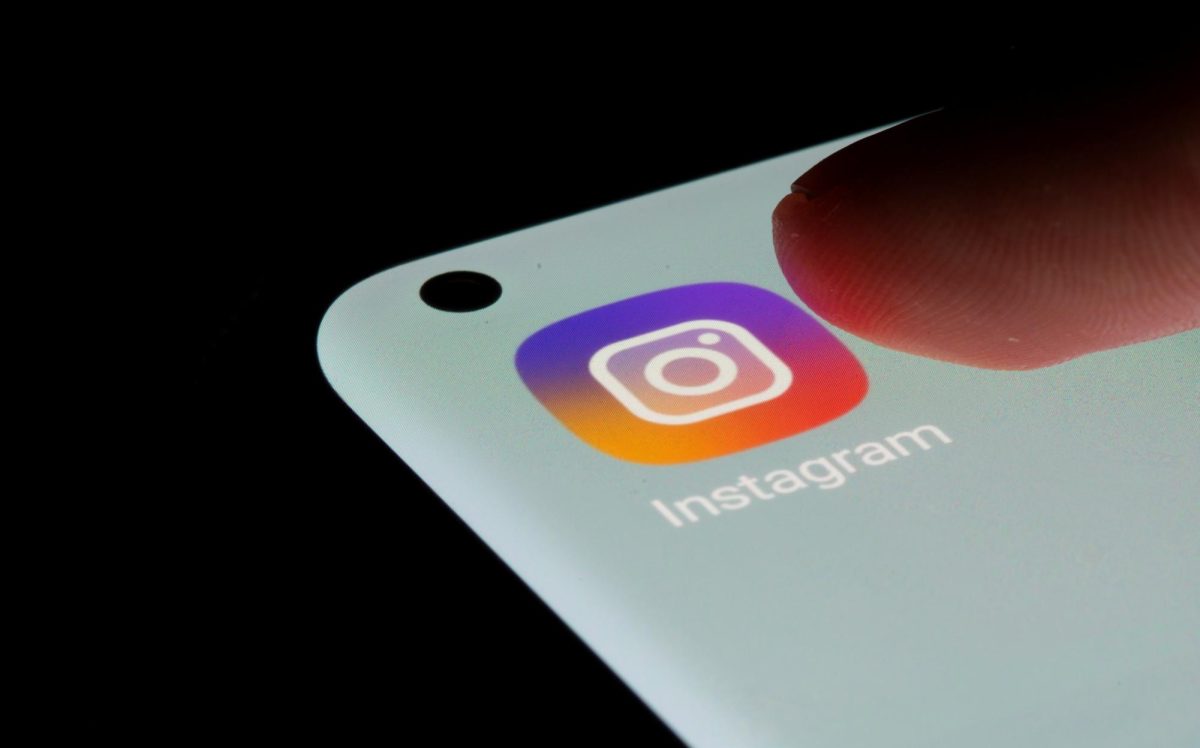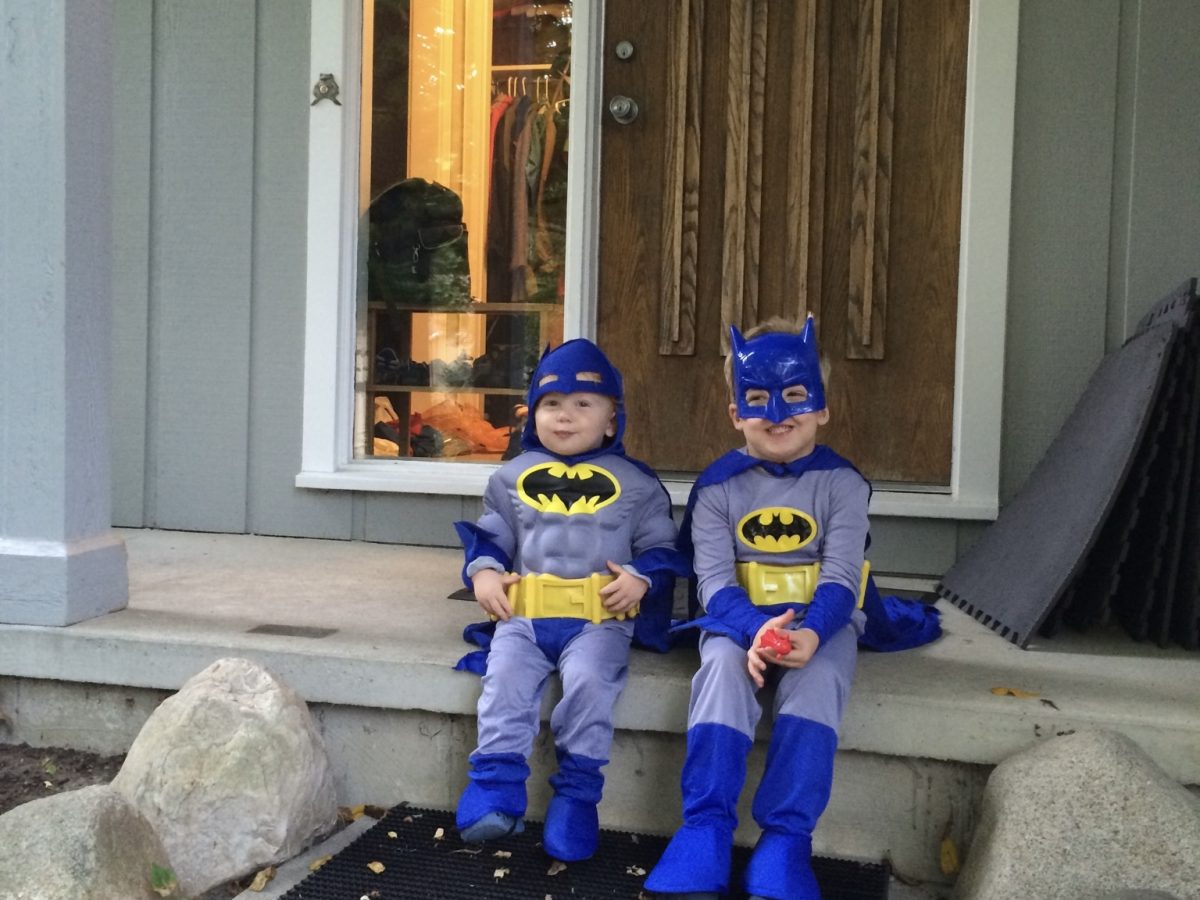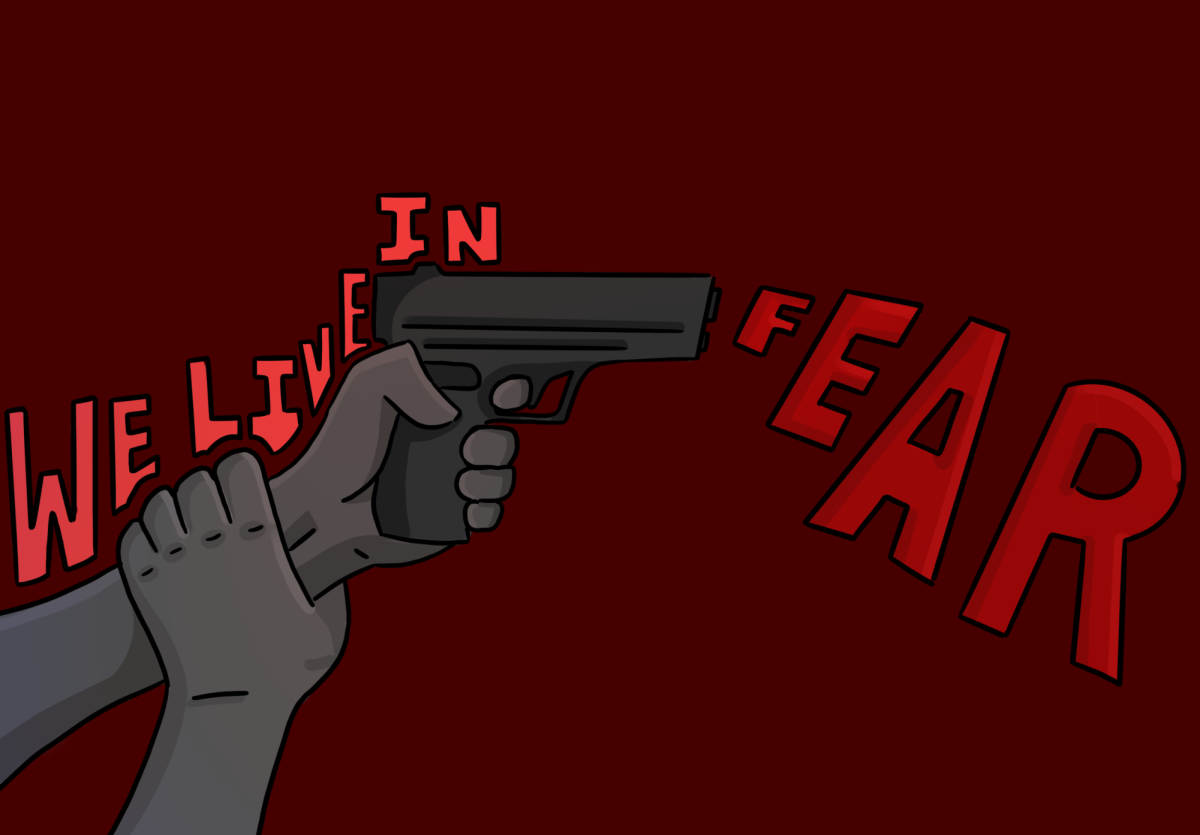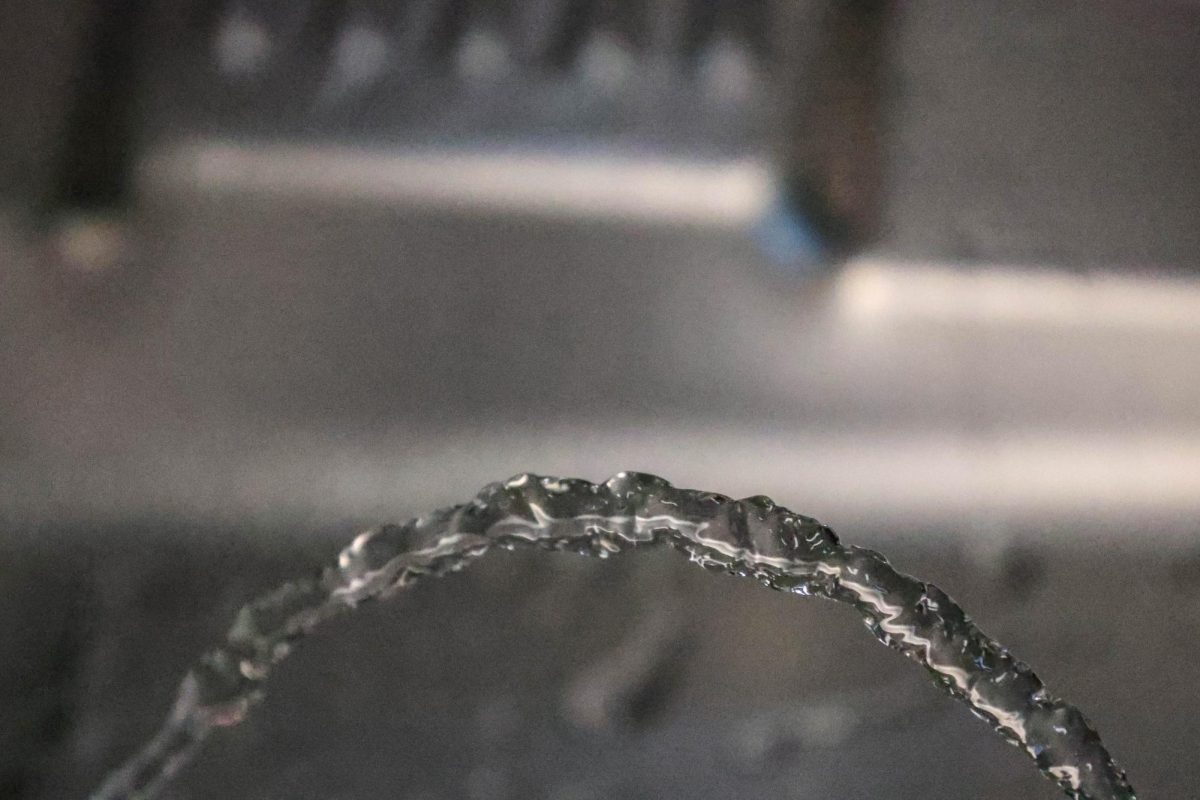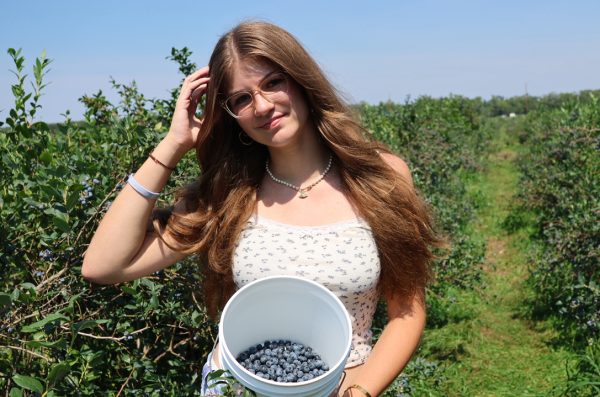Imagine content creator Jelly Bean Sweets plopping down next to you, slurping and draining an icy Baja Blast and then shoving two huge burritos, smothered in gelatinous sauces from Taco Bell down her throat–all in under 4 minutes. Why does this video of hers have 2 million likes? It raised a question for me: do people find this entertaining, concerning or both?
Mukbang creators bring food to you, and these creators might be comforting or disgusting. I’ve seen videos where people will sit down and stuff their faces with platters of greasy food. Other creators will eat takeout meals in their car and there’s even a lady who eats lunch and dips everything on her plate in mustard and cottage cheese. There are so many variations of mukbangs, but the topic of food is included in all.
During mukbangs, all you’re shown is a person continuously eating, but you don’t see what’s happening behind the scenes. Some of these creators appear remarkably slim for the amount of food they “consume”. Because of this, many creators have gotten accused of not eating the full portions they advertise. Not knowing the whole story behind these videos might change people’s perspectives about food.
“I think that mukbangs are disgusting and encourage gluttony,” said Eva Hiltz, a CHS freshman. “Not knowing what’s happening when the camera is turned off is so weird to me— do they even eat all the food they put in their mouths?”
Why do some creators choose to consume many days worth of calories in one sitting while others do peaceful meal reviews? What makes a mukbang “clean” versus “messy”? Is it how much food gets on the creator’s face? The amount of calories the meal contains? Or the location they film?
For example, creator Nikocado Avocado has 4.6 million subscribers on YouTube and was famous for consuming an alarming amount of food during videos. Whereas Karissaeats is a creator who tries and rates lots of different cuisines and restaurants.
What makes them different?
Nikocado Avocado started out posting about his vegan lifestyle which soon grew into ASMR videos of his meals. During the late 2010’s, he started to become known for his mukbangs and controversial content, attracting followers through videos of him eating substantial amounts of food in one sitting. Similar to Nikocado Avocado, creator Jelly Bean Sweets has made a following by posting controversial videos of herself eating meals from Taco Bell in the span of one, unclipped, TikTok video.
Contrary to the previous creators, Karissaeats films many videos based on what she eats in a day or rating new restaurants she goes to. I think the difference between these “messy” versus “clean” videos is that one showcases the amount of food and the speed it takes to consume it. The other showcases the beauty in food and simplicity of eating throughout the day.
Mukbangs are a diverse and controversial genre of videos that reflect the complex relationship someone might have with food. From creators like Nikocado Avocado, who push the boundaries of excess, to those like karissaeats who focus more on the joy in food. Whether you find these videos entertaining or unsettling, mukbangs highlight the many ways we interact with food in today’s digital age. They not only reveal the act of eating but also the cultural and emotional ways we connect with food. Ultimately, mukbangs left me questioning: how does the food we consume online affect our relationship with food in real life?



